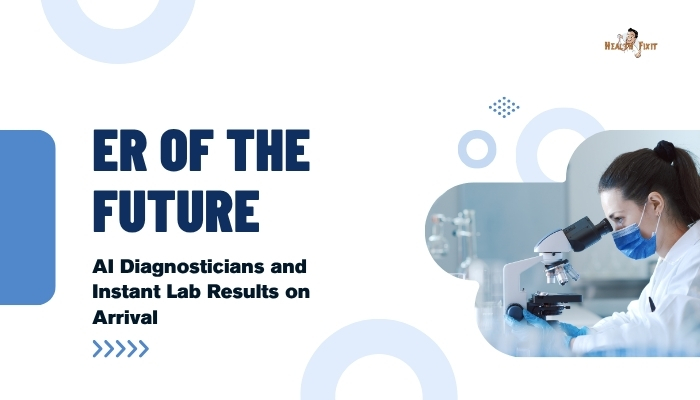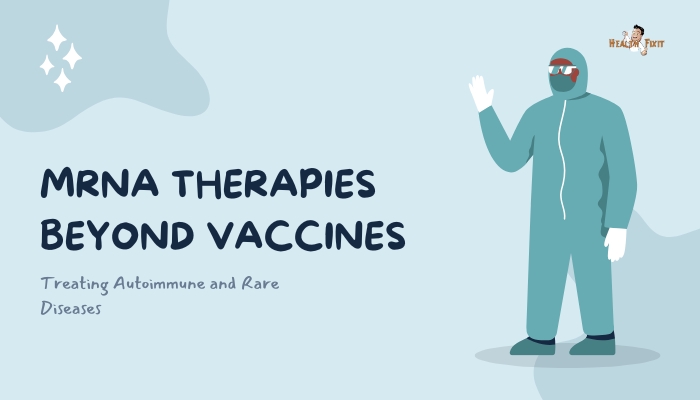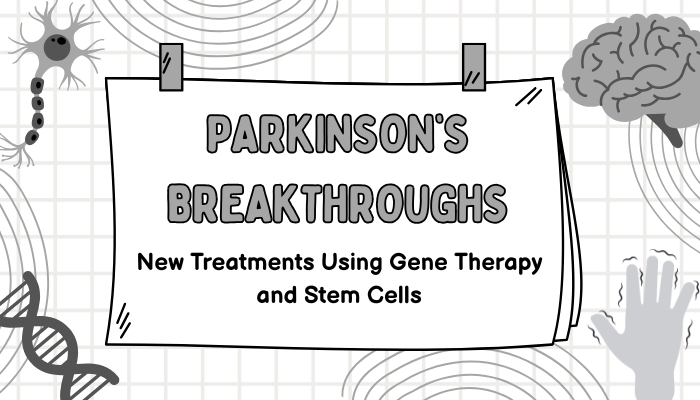Introduction
Emergency rooms (ERs) are renowned for their hustle—physicians triaging patients under intense pressure
labs processing countless tests to guide urgent decisions. Yet wait times still frustrate many, and the slightest backlog can turn life-threatening for acute cases. Now,
a wave of AI-powered triage systems and point-of-care diagnostics aims to reshape emergency medicine. Imagine walking into an ER and,
within minutes, receiving an initial AI-driven diagnosis plus near-instant labs—allowing doctors to focus on critical interventions rather than administrative overhead. This article explores how tomorrow’s ERs might operate
featuring real-time data analytics, advanced imaging, and streamlined workflows that save both time and lives.
1. AI Triage and Patient Flow
Smart Intake Kiosks
In the future, patients arriving at the ER may first interact with an AI intake kiosk—answering questions about symptoms,
scanning vitals (via a seat or sensor), and quickly evaluating severity. This initial step helps triage staff prioritize urgent cases—like suspected strokes or chest pain—within seconds.
Predictive Algorithms
By analyzing vast historical ER data, machine learning can predict if a patient with certain vitals and complaints might have a serious condition (e.g., sepsis, myocardial infarction). This allows the system to alert nurses or physicians to potential red flags—even if the patient’s outward appearance seems stable.
Real-Time Patient Dashboard
An integrated digital board receives AI triage data, showing color-coded risk levels. Clinicians see who needs immediate attention,
ensuring minimal delays. Triage nurses remain in the loop, verifying that the AI’s risk assessment aligns with clinical judgment, preserving the human element.
2. On-the-Spot Lab Testing
Instant Diagnostics at Bedside
Traditional lab tests can take hours—transporting samples, waiting in queue, analyzing results. Point-of-care devices compress this to minutes. Portable analyzers handle common panels: complete blood count, electrolytes, troponin for heart issues, or infection markers like CRP.
Next-Gen Microfluidics
Microfluidic chips can handle multiple tests using just drops of blood. The chip channels fluid into mini test chambers, performing chemical or immunoassays. Results feed directly into the ER’s EHR system, letting clinicians see precise lab data almost instantly.
Infectious Disease Rapid Screens
Rapid PCR or antigen-based tests for pathogens like influenza, COVID-19, or even specialized bacterial strains might be standard. Patients suspected of an infection get immediate confirmatory results, enabling early isolation or targeted therapy.
3. Imaging on Arrival
Portable Scanners
In the not-so-distant future, portable CT or ultrasound machines might be more common—able to wheel right up to the patient’s bed.
Coupled with AI-based image analysis, doctors can swiftly confirm strokes, internal bleeding, or fractures, skipping the wait for a dedicated imaging suite.
AI-Enhanced Radiology
No need to rely on manual interpretation alone. Real-time AI algorithms highlight suspicious areas, measure lesion sizes, or gauge hemorrhages. Radiologists finalize the reading, but the immediate “AI second opinion” shortens time to decision, crucial in strokes or trauma cases.
4. Automated and Efficient Workflow
Digital Nurse Assistants
Smart software can handle administrative tasks—tracking bed availability, ordering routine labs automatically based on triage data, or verifying allergies. Nurses and doctors remain free to handle direct care, guided by the system’s consistent oversight.
Self-Service Updates
Patients or caregivers might follow the progress on a phone app: “Blood test in progress, estimated results in 8 minutes,” or “Doctor is reviewing imaging.”
Such transparency reduces anxiety and clarifies each step. The ER staff can focus on care rather than repeated status updates.
Seamless Handoffs
Once stabilized, if patients need admission, the system orchestrates bed placement. AI-based bed management ensures minimal duplication, prompting a partial or full discharge plan if data indicate stable vitals, cutting unnecessary admissions and costs.
5. Clinical Decision Support and Personalized Treatments
Real-Time Guidelines
For conditions like heart attack, stroke, or sepsis, protocol-based decision support triggers immediate reminders: “Time to first antibiotic,” “Door-to-balloon time.” The system tracks metrics to keep staff aligned with best practices, improving outcomes.
Tailored Therapies
Advanced analytics might combine rapid genetic or metabolomic tests with medical history to propose personalized drug dosing—like a custom antibiotic regimen or unique analgesic approach for an unusual metabolism profile. The result? More precise care.
Minimizing Errors
In chaotic ERs, medication or charting errors can happen. AI checks for potential drug interactions, ensures correct medication route, and cross-references allergies, significantly lowering the risk of adverse events or missed diagnoses.
6. Ethical and Practical Challenges
Over-Reliance on Tech
If an AI triage system fails or mislabels a case as low priority, a life-threatening condition could be missed. Staff must remain vigilant, ensuring fail-safes like manual reviews or second opinions to keep patient safety paramount.
Data Privacy
With continuous data capture—labs, imaging, triage info—strict HIPAA or global privacy compliance is essential. Encryption, robust cybersecurity, and clear data access policies help maintain trust.
Cost and Equity
Implementing advanced labs-on-a-chip, AI imaging analysis, or portable scanners can be expensive. Low-resource hospitals might struggle to adopt these. Without thoughtful policy or philanthropic support, technology gaps could worsen healthcare inequality.
7. The Future of Emergency Care
Tele-ER and Remote Specialists
Rural or smaller centers might link with large academic hubs. If advanced triage sees a complicated trauma, remote specialists, connected via high-speed telepresence, can guide local teams. Combined with real-time imaging, they deliver near on-site expertise.
AI Triage at Home?
Longer term, some mild or moderate emergencies might never come to the ER if triage apps at home (with integrated wearable data) direct patients to urgent care or telemedicine instead. The result? Reduced crowding for real emergencies.
The “Zero Wait” Dream
With quick triage, near-instant labs, and rapid imaging, the ideal scenario is an ER where the average waiting time is minimal. Freed from administrative drag, staff can devote more energy to diagnosing and caring for patients, offering a more humane environment amid acute stress.
Practical Guidance for Patients and Providers
- Check Hospital Capabilities: If you anticipate frequent ER visits (due to chronic conditions), see if your local ER has advanced triage or point-of-care testing.
- Embrace Tech: AI triage is emerging. Despite concerns, it can expedite recognition of severe conditions. Always confirm with a human provider if something feels off.
- Stay Informed: Healthcare technology changes quickly. For professionals, continuing education ensures readiness. For patients, understanding new systems (like kiosk triage) reduces confusion upon arrival.
- Advocate for Equity: As advanced solutions roll out, speak up for inclusive adoption. Large city ERs shouldn’t be the only ones with top-tier tech.
Conclusion
By the mid-21st century, the emergency room could transform into a high-speed, AI-augmented domain—where triage lines and long lab waits become relics of the past.
AI might triage arrivals within moments, point-of-care diagnostics deliver results in minutes, and integrated imaging ensures near-instant clarity on critical issues
Beyond the dazzling tech, the true measure of success lies in delivering effective, compassionate care faster
ensuring that patients with acute conditions get immediate, accurate diagnoses and interventions.
If harnessed responsibly and equitably, these futuristic ER innovations hold great promise for saving lives and elevating the emergency care experience.
References
- Goldstein BA, Navathe AS, et al. AI triage in the emergency department. Ann Emerg Med. 2020;75(2):205–207.
- Redwood S, Parker H, Shepperd S. Integrating remote labs and point-of-care testing in ED. Cochrane Database Syst Rev. 2019; CD012927.
- Levin S, et al. Using AI for patient flow in ED. Int J Med Inform. 2020;139:104133.
- Schaeffer BK, et al. Real-time POC assays in the ER. J Emerg Med. 2021;60(2):275–281.
- Montero J, Morales E, Freedman B. Next gen portable imaging for stroke triage. Stroke. 2022;53(3):e90–e93.
- Freedman DE, et al. Automated charting in the ED: the future of data-driven medicine. J Am Med Inform Assoc. 2021;28(5):1030–1038.
- Gulshan V, et al. AI interpretive tools for imaging in acute care. Nat Med. 2019;25(1):37–44.
- Gaughan J, Gravelle H. Economic analysis of advanced triage systems. Health Econ. 2020;29(1):56–70.
- Cameron PA, et al. Future ED design: bridging technology and care. Emerg Med Australas. 2022;34(5):826–833.
- Pruitt Z, Freed B, Blum JD. Ethical guidelines for AI triage in emergency settings. BMC Med Ethics. 2020;21(1):111.







